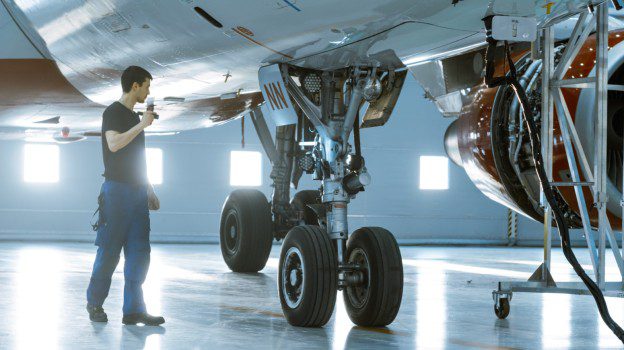Components on the aircraft can be considered in two basic categories:
OCCM – On Condition / Condition Monitored Components
HT – Hard Time Components
There are many reasons why a component may be changed while the aircraft is leased, such as component failure, aircraft defect trouble shooting, or when the component reaches the end of its defined life.
A component which is “HT” or “Hard Time” simply means the component has a defined life. It will be usually counted in Aircraft Hours or Aircraft Cycles (although may be calendar days). The limit will normally be defined by a manufacturer (OEM) and at this limit a defined action will be required such as overhaul or bench testing. This requirement is not affected by the components function or standard and is required regardless of condition.
The OCCM components are broken down into two, that of OC and CM:
If a component is “On-Condition” or “OC” then it means that there are specific tasks associated with the component. It may be a function of the component itself or the system the component forms a part of while installed on the aircraft.
The test will typically have a requirement that the component passes to remain in service, or even a physical inspection to determine serviceability of the component. This is aimed at preventing component failure “on wing” and removing the component before it fails.
The interval to check these will be defined in the maintenance program of the operator and may be reduced if an operator has a reliability program. Ultimately to remain serviceable the component must meet pre-defined standards when inspected.
A component that is Condition Monitoring “CM” is one that falls outside the scope of being either a “hard time” component or an “on condition” component. This component may be changed during routine inspections, defect trouble shooting or as part of an operator’s reliability program.
If a component is replaced then typically the lease agreement will dictate, under the return conditions, the requirement that the replacement component must meet. As an example of such a condition “it (the replacement component) must have a EASA Form 1 or FAA 8130 and be “like for like or better” meaning the hours and cycles of the installed component must not exceed that of the airframe”
The lease requirements form part of a “contract” and so it is important to review the lease and ensure that replaced components meet the lease, regulatory and future requirements for the aircrafts next lease.
When reviewing the OCCM component listing you should have the relevant certification i.e. EASA Form 1 / FAA 8130 for each component typically over the last 36 months or as lease defined.
The requirements for OCCM components along with HT components are largely contract driven and so the lease “hand back” or “redelivery” conditions drive the requirements.
Stay up-to-date with all our aviation news and information:
- Click Here to sign up to the IALTA newsletter.
- Follow us on LinkedIn:
- Learn more at www.ialta.aero/courses
